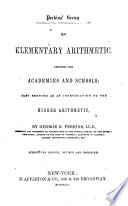 | George Roberts Perkins - Arithmetic - 1855 - 388 pages
...written the three terms of the proportion, or, as usually expressed, having stated the question, then multiply the second and third terms together, and divide the product by thejirst term. E. — Since there is a ratio between the first and second terms, they must be reduced... | |
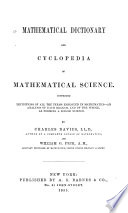 | Charles Davies, William Guy Peck - Mathematics - 1855 - 628 pages
...corresponding element of the other cause the second term, and the remaining clement thc third term : then multiply the second and third terms together, and divide the product by thf firtt. If 4 men can dig a ditch in 9 days, how many days will it require 18 men to dig it? Sailing... | |
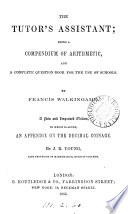 | Francis Walkingame - 1855 - 186 pages
...considering the reduced quantities to be mere numbers, multiply the third quantity by the second number, and divide the product by the first : the quotient will be the answer, or required fourth term of the proportion. 1. If 4 Ib. of sugar cost Is. 6d., what will 544... | |
 | Roswell Chamberlain Smith - Arithmetic - 1856 - 334 pages
...the means is 21,600, which, being divided by one of the extremes, gives a quotient of 720. That is, multiply the second and third terms together, and...divide the product by the first ; the quotient will be tht fourth term or answer. A. $720. 14. If 20 pounds of butter cost 95, what will 80 pounds cost ?... | |
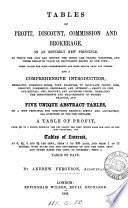 | Andrew Ferguson - 1856 - 230 pages
...as the second does to the first. Rule. — Multiply the second and third terms together, and divide by the first : the quotient will be the fourth term or answer, in the same name as the second term. Ry the gain or toss per cent. is meant, the sum that would be gained or lost... | |
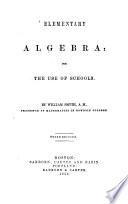 | William Smyth - Algebra - 1856 - 264 pages
...two remaining numbers as the first term, and the other as the second term, of the proportion. 3°. Multiply the second and third terms together, and divide the product by the first term ; the quotient will be the answer. Such is the Rule of Three, as it is usually given in Arithmetic.... | |
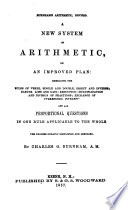 | Charles Guilford Burnham - 1857 - 342 pages
...expresses the demand, for the first, and the remaining term of the condition for tlte second term. II. Multiply the second and third terms together, and divide the product by the first. III. If the first or second terms consist of different denominations, reduce both to the lowest mentioned.... | |
 | Mineral industries - 1857 - 578 pages
...SHROUD-LAID* ROPE. Ruin. — State the question as in direct proportion, square the first and third terms, multiply the second and third terms together, and divide the product by the first. in mines, out of the common course of working. We may notice an instance or two, viz. inattention or... | |
 | John Greig - 1858 - 116 pages
...the same name. Then bring the first and second terms into the same name, if both are not so already, multiply the second and third terms together, and...first, the quotient will be the fourth term or answer, and of the same name as the third. Thus, if 3 oz. of silver cost 17s. 9d., what will 21b. 4oz. cost?... | |
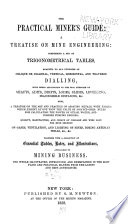 | John Budge - Mine surveying - 1858 - 224 pages
...SHROUD-LAID ROPE.* Rule. — State the question as in direct proportion, square the first and third terms, multiply the second and third terms together, and divide the product by the first. EXAMPLE. • How many standard yarns, or threads, are there in a 14-inch capstan rope ? * The term... | |
| |